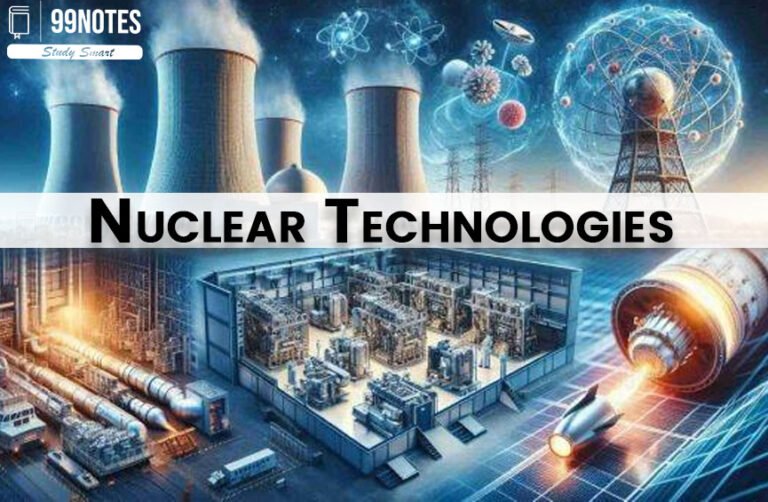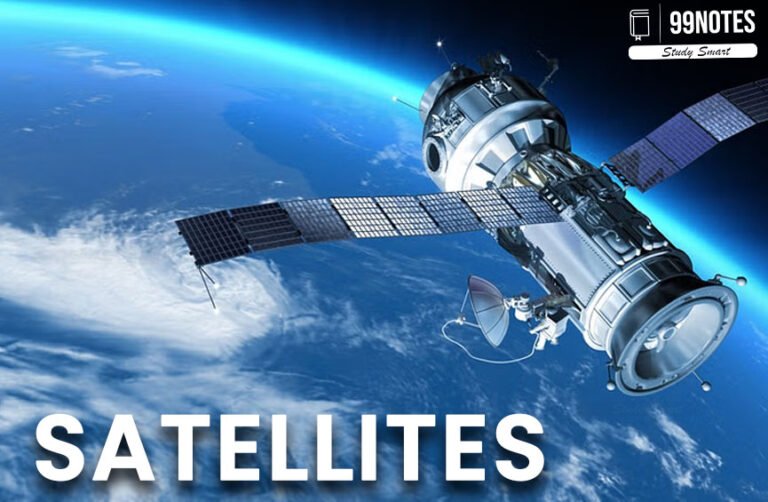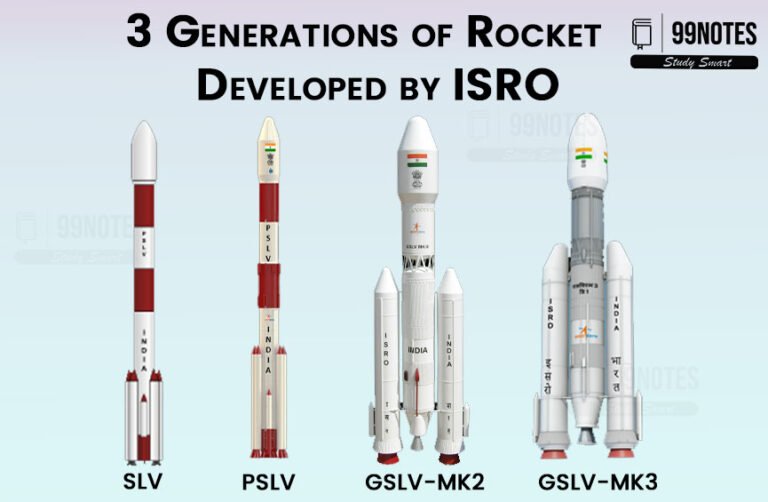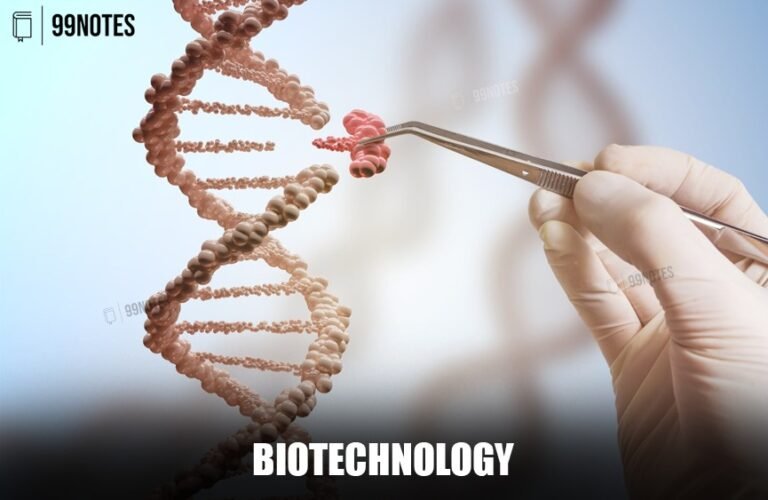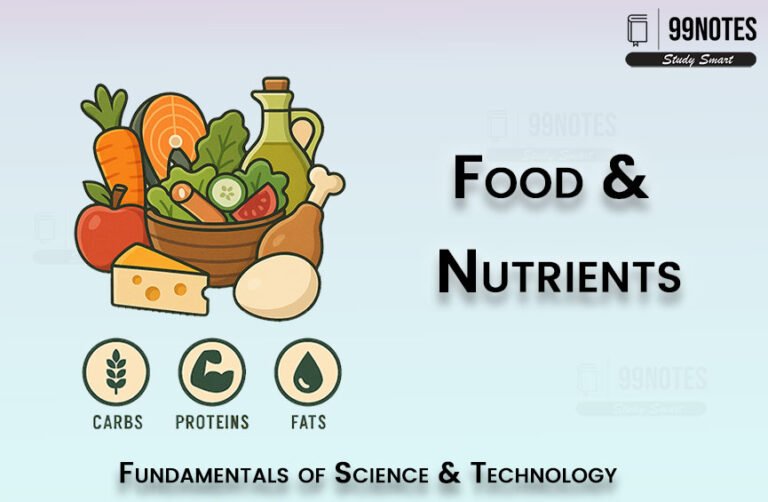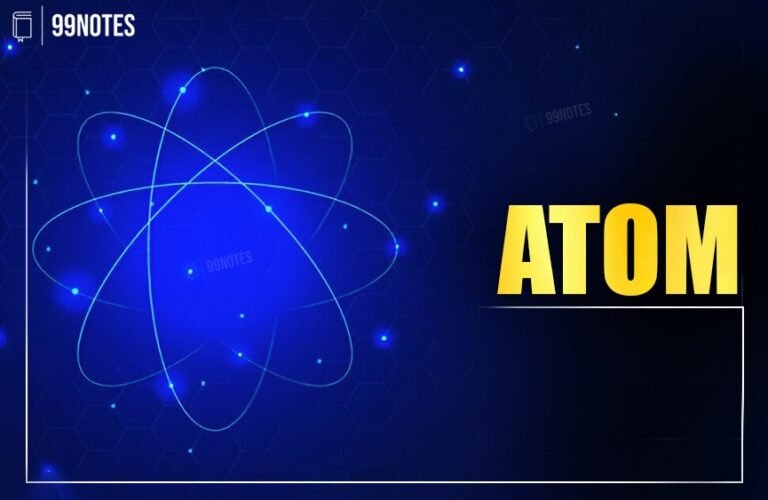Nuclear Technologies
Nuclear Technology is the technologies that involve nuclear reaction. Such reactions can generate tremendous amounts of energy. There are two types of Nuclear reactions – Nuclear fusion and Nuclear fission. Fusion generally involves Hydrogen. It is the same mechanism by which the sun produces such tremendous amounts of energy. Applications of Nuclear Technologies: Agriculture: Insect…

